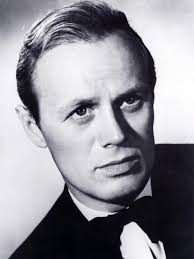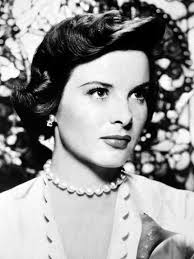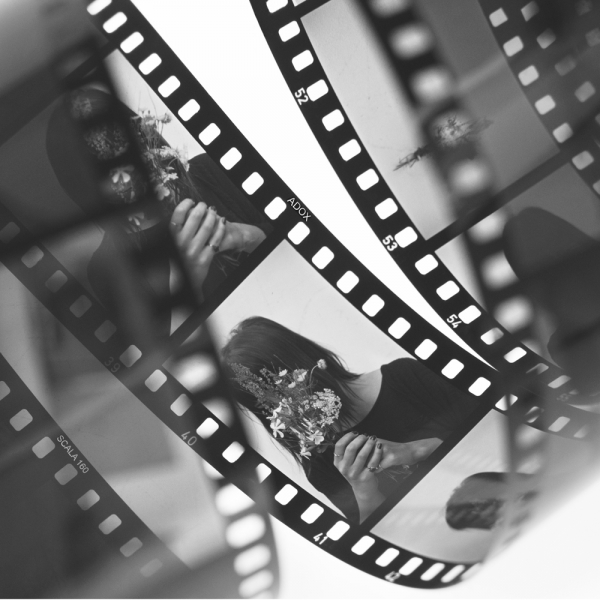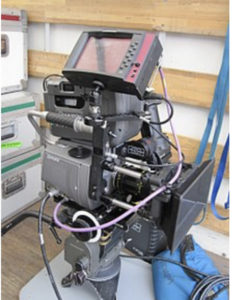The Hollywood Star System was a method used by movie studios to create stars on their terms. Studios would sign on young and promising actors and then they would build an image for them that might not have actually fit who they were as a person. Studios did this as a way to better promote themselves and the actors that worked for them. An example of this is Rock Hudson. Rock’s image was that he was the perfect man. Rock’s real name was Roy Fitzgerald and he was gay. That’s not to say that those two things wouldn’t make him the perfect man, it’s just not how the studio wanted to portray him.
Studios would oftentimes write up contracts for their actors that would help bind them to the image that the studio wanted to create. The contracts would have morality clauses about not using drugs, not committing adultery, or anything else that might taint them in the public eye. Studios would even go to great lengths to maintain the images of their actors. For instance, a journalist caught wind about Rock Hudson being secretly gay so his agent gave information about another actor that had a secret criminal past.
The concept here is that studios were able to increase their profits by cherry picking actors and turning them into whatever they needed to become more successful.
I do not believe that this concept exists in other media platforms. In fact it doesn’t really exist in the Hollywood platform anymore either. In 1919 Charlie Chaplin, along with other major movie stars, chose to start up their own company so that they could build themselves up how they saw fit.
If the Hollywood Star System never existed I believe that actors and actresses would have been much happier working with the studios. Instead many of them felt like they were being unfairly controlled and chose to go their own way.
This concept matters because it highlights how money hungry the movie industry can be. Studios used their actors like puppets in any way that they could that they thought would bring in more money or improve their image.
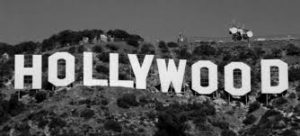
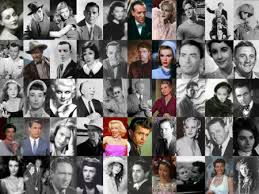
https://www.classichollywoodcentral.com/background/the-star-system/
https://www.jstor.org/stable/3815272?seq=1#page_scan_tab_contents
https://www.newyorker.com/magazine/2001/05/28/hollywoods-star-system-at-a-cubicle-near-you

